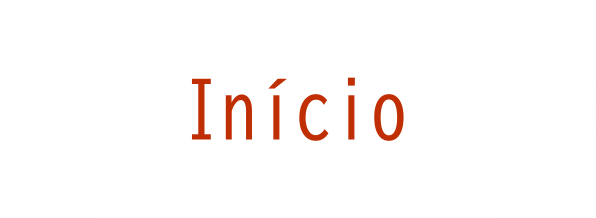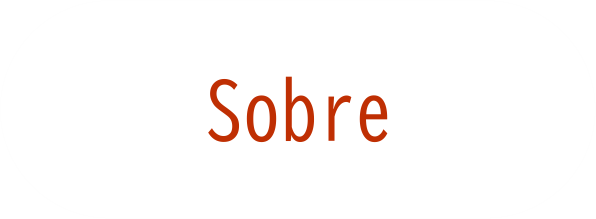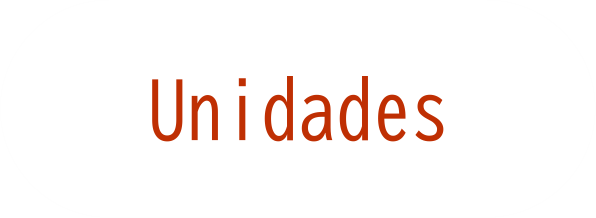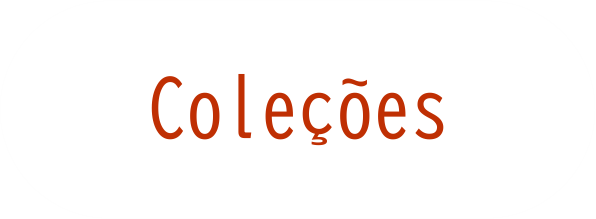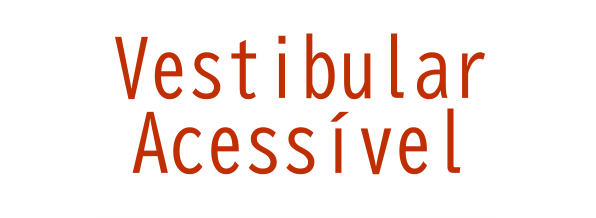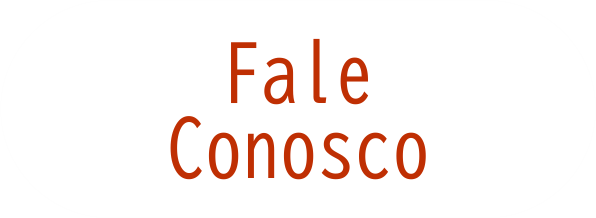Intravenous immunoglobulin therapy for Guillain-Barré syndrome with IgG anti-GM1 antibody.
Autor(es): Kuwabara S.; Mori M.; Ogawara K.; Hattori T.; Oda S.; Koga M.; Yuki N.
Resumo: To compare the effects of intravenous immunoglobulin (IVIg) therapy and plasmapheresis for the IgG anti-GM1-positive subtype of Guillain-Barré syndrome (GBS), clinical and electrophysiological recoveries were analyzed in 24 patients treated with IVIg (n = 10) or plasmapheresis (n = 14). At entry, there were no significant differences between the two patient groups in age, sex, clinical severity (Hughes grade), sum scores of distally evoked amplitudes of compound muscle action potentials (CMAPs), and frequency of Campylobacter jejuni infection. The patients treated with IVIg had significantly lower Hughes grade scores 1, 3, and 6 months after onset (P = 0.03), and a higher probability to regain independent locomotion at 6 months [P(logrank) = 0.044]. In the IVIg group, markedly rapid recovery (improvement by two or more Hughes grade scores within 4 weeks) was more frequent (6 of 10 vs. 3 of 14, P = 0. 03), and delayed recovery (unable to walk independently at 6 months) was less frequent (0 of 10 vs. 4 of 14, P = 0.06). CMAP sum score at 6 months tended to be greater for the IVIg group (P = 0.07). For the IgG anti-GM1-positive subgroup of GBS patients, IVIg therapy may be a more efficacious treatment than plasmapheresis.
Imprenta: Muscle & Nerve, v. 24, n. 1, p. 54-58, 2001
Identificador do Objeto Digital: 10.1002/1097-4598(200101)24:1<54::AID-MUS6>3.0.CO;2-9
Descritores: Guillain-Barre Syndrome - Pathogenesis ; Guillain-Barre Syndrome - Proteins ; Guillain-Barre Syndrome - Antibodies ; Guillain-Barre Syndrome - Immunology ; Guillain-Barre Syndrome - Public health
Data de Publicação: 2001

